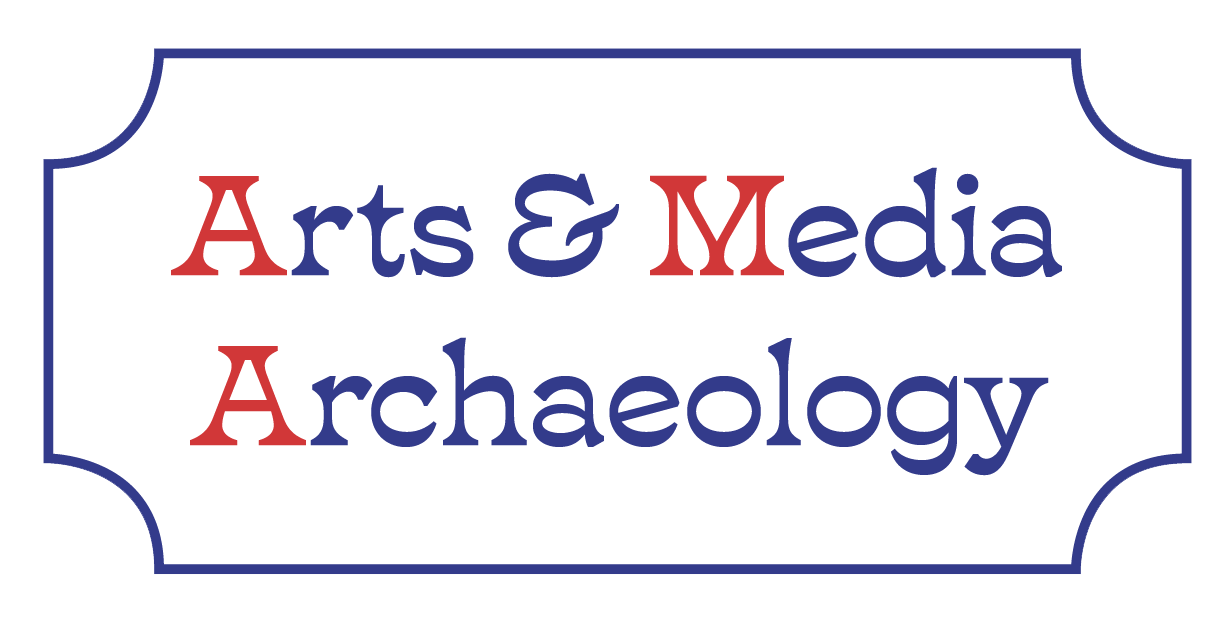Strolling across a nineteenth-century fairground, we would be greeted by a variety of attractions: illusionists mesmerizing the public with their visual deceptions or animal tamers displaying their courage and control over exotic animals. Others tried to capture people’s attention by displaying wax figures with curious diseases in their travelling museums, and panorama owners transported people to faraway places. But who were these showpeople really? What happened outside of the public’s eye? Because behind these staged personae were people who tried to earn their living and for whom this spectacular entertainment was serious business. Researcher Eva Andersen brings itinerant showpeople out of the shadows and into the spotlight.
Travelling showpeople are to this day a tight-knit community of which we know very little. Capturing this community through time is an even bigger challenge as not many paper traces remain. But through union journals, newspapers and other archival material we can explore the social and professional networks showpeople relied upon. These sources allow us to paint a picture of how their day-to-day life looked like during the nineteenth and early twentieth centuries.
One for all, all for one
How to map a network that is quite hidden from the public? One way to grasp the everyday lives of showpeople is through the trade unions they created across Europe during the 1880s and 1890s. The very first of its kind was the Chambre Syndicale Patronale de Voyageurs Forain (CSPVF) in France.
Trade unions had two important goals: making showpeople more visible in society and giving them more credibility as people often doubted their good intentions. Secondly, they tried to fight unfair treatment by municipalities, railway companies or insurance companies. As Victor Calmels, a member of the CSPVF, phrased it in 1891: “We are the innumerable fairground family that needs to unite to be valued, respected and even envied.” (Voyageur Forain, 1891)
But they also had other ambitions. By creating journals – a gold mine for me as a historian – they tried to simplify the sharing of information. For example, when future funfairs would take place, reports of past funfairs, advertisements to buy or sell equipment and job offers were all bundled together in these journals. Births, deaths and marriages became easier to share as well.
The journal was also used to create more solidarity and tighten the bonds between people. This included, for example, giving financial support when colleagues were struck by illness and death or when attractions were damaged by fires and storms. These donations were all recorded in the journal and were perhaps a form of social control. The publication of letters or short messages was also used to keep in touch with peers. Such as by sending new year’s wishes or even by reuniting with friends and family. In 1890 the theatre owner Georges Flavigny, for example, tried to find his brothers Théodore and Alexander with the help of the journal. Whether they were ever reconciled, remains a mystery.
Entertainment, science or both? A serious business
While the general public was excited by the wonders and spectacles they saw happen before their eyes, it was not just entertainment. Forains combined many skills and forms of knowledge – which sometimes bordered on the scientific spectrum – to make their shows possible. Menageries are a good example: while exhibiting and performing with a wide range of exotic animals was a popular attraction, the living, eating and breeding habits of these animals had to be known and properly understood to make them thrive. This was a process of trial and error.
In addition, the animals of affluent menagerie owners were often prime examples of their species, which were of interest to natural history museums that collected specimens. Deceased animals were sometimes donated or sold to museums, creating a connection between the funfair and scientific establishments. Menagerie owners’ knowledge had to extend beyond an entertainment-business model; and professional networks were not merely limited to the fairground.
In my research project, I want to uncover how information circulated across and beyond the fairground, and how social and practical problems with peers, the scientific community, the police, municipalities and the press were dealt with. In that way, we will not only gain insight into the day-to-day lives of showpeople, but also into the explicit and implicit impact this had on what the audience could see, enjoy and learn at the fairground.
You can find out more about Eva Andersen’s research here.
Author
-
Eva Andersen is a postdoctoral researcher in the EU-funded project Science at the Fair at the University of Antwerp. Her research on "Itinerant Show Businesses Networks" examines the social and professional networks of itinerant showpeople and explores the various social and practical facets of their profession. Her areas of expertise and research interests are the history of knowledge, history of science, history of medicine and digital history.




